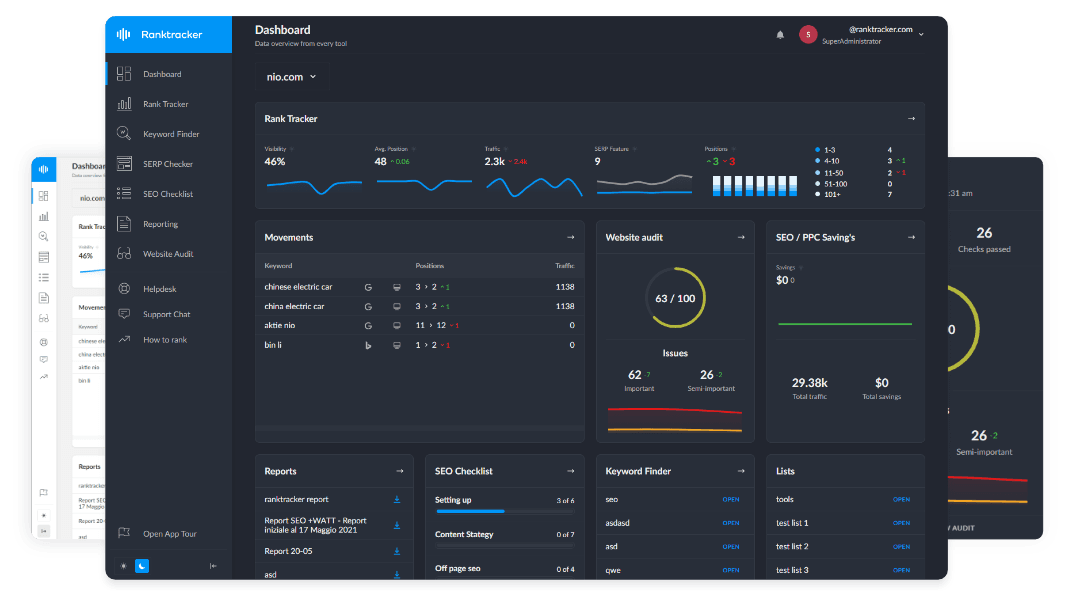Intro
A Broad Index Refresh is a large-scale update where Google re-evaluates and refreshes its entire search index to ensure content rankings align with updated search algorithms. Unlike core updates, a broad refresh does not necessarily introduce new ranking factors but reassesses existing content under refined algorithms.
Why Broad Index Refreshes Matter:
- Can cause significant ranking fluctuations across industries.
- Helps Google surface fresh, high-quality, and relevant content.
- Requires consistent SEO optimization to maintain rankings.
How Google Conducts a Broad Index Refresh
1. Reassessment of Indexed Content
- Google crawls and re-evaluates pages based on updated ranking signals.
- Low-quality or outdated content may drop, while fresh and authoritative pages gain visibility.
2. Adjustments to Content Quality & Relevance
- Pages with thin, outdated, or duplicate content may experience ranking losses.
- Content that matches updated search intent is prioritized in SERPs.
3. Backlink Profile & Authority Re-Evaluation
- Google reassesses backlink quality to ensure rankings are not influenced by spammy or low-authority links.
- Sites with strong natural link-building strategies perform better.
4. User Experience & Engagement Metrics
- Dwell time, bounce rate, and CTR play a role in ranking stability.
- Sites with poor UX signals may drop in rankings.
How to Optimize for a Broad Index Refresh
✅ 1. Keep Content Fresh & Relevant
- Regularly update outdated pages with new insights and statistics.
- Expand content with FAQs, expert insights, and actionable takeaways.
✅ 2. Strengthen Backlink & Internal Link Structure
- Remove or disavow toxic or low-quality backlinks.
- Strengthen internal linking for topic relevance and SEO equity distribution.
✅ 3. Optimize for Search Intent & Context
- Ensure content matches evolving user search intent.
- Use semantic keywords and structured data to reinforce topical relevance.
✅ 4. Improve Technical SEO & Site Performance
- Fix broken links, duplicate content, and indexing issues.
- Optimize for Core Web Vitals, page speed, and mobile usability.
✅ 5. Monitor & Adapt to Ranking Changes
- Use Google Search Console & Ranktracker’s SERP Checker to analyze performance shifts.
- Adjust SEO strategy based on ranking trends and competitor analysis.
Tools to Track Broad Index Refresh Impact
- Google Search Console – Identify traffic and ranking fluctuations.
- Ranktracker’s Web Audit Tool – Diagnose SEO issues affecting rankings.
- Ahrefs & SEMrush – Analyze backlink profile and keyword rankings.
Conclusion: Staying Competitive Amidst Broad Index Refreshes
Broad Index Refreshes reshape search rankings by reassessing existing content. To maintain visibility, websites must focus on content freshness, user engagement, backlink quality, and technical SEO optimizations.
For expert SEO tools, explore Ranktracker’s advanced SEO solutions and stay ahead of search engine updates today!

